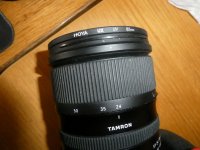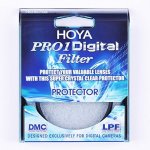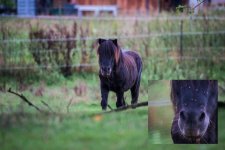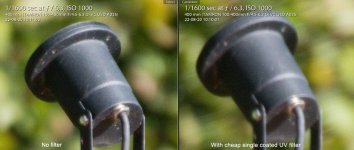Stephen L
I asked a Stupid Question Once...
- Messages
- 6,643
- Name
- Stephen
- Edit My Images
- No
In May Mrs L and myself are going on a once-in-our-lifetime small ship cruise round Skye and the Small Isles. For small think 6 passengers and 2 crew.
Now, I’m not normally a filter user. I’m dubious about the wisdom of putting cheap(ish) glass in front of a quality lens. But given that there will inevitably be sea spray, would I be advised to fit a clear protection filter for easier cleaning, or just leave the lens as nature intended? FWIW the lenses (Nikon Z) are claimed to be weather resistant (ish!).
Now, I’m not normally a filter user. I’m dubious about the wisdom of putting cheap(ish) glass in front of a quality lens. But given that there will inevitably be sea spray, would I be advised to fit a clear protection filter for easier cleaning, or just leave the lens as nature intended? FWIW the lenses (Nikon Z) are claimed to be weather resistant (ish!).





